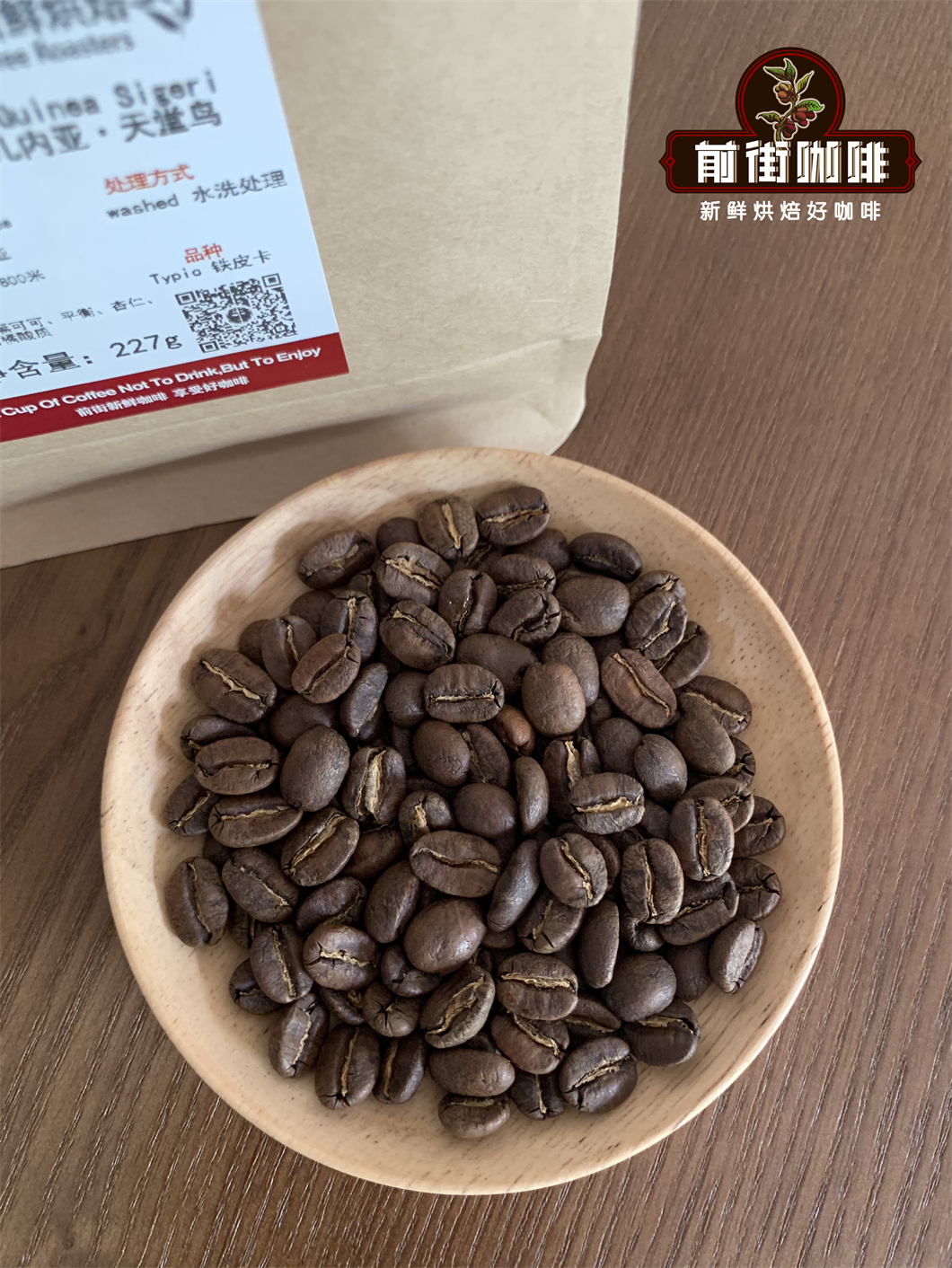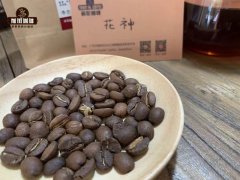Papua New Guinea Arabica Coffee Papua New Guinea Coffee is similar to Indonesian flavor
Papua New Guinea is a country in Oceania and the third largest island nation on earth. It was ranked as the sixth-fastest growing economy in 2011 and one of the most culturally diverse countries in the world.
It is also one of the most rural countries in the world, so agriculture occupies an important position in the country's economy; coffee is now its highest source of foreign exchange earnings. Papuan coffee accounts for a large part of the world coffee production and therefore plays an important role on the world coffee stage.
Coffee production on the island dates back to 1926/27 when Jamaica Blue Mountain coffee seeds were first planted. Also in 1926, 18 commercial plantations were established at the foot of the settlement southeast of Sangara. This was important for the start of commercial coffee production in 1928.
In the 1950s, the Papuan government established links with the island's inland tribes-noting the potential for prosperity in Papua New Guinea, they encouraged them to open coffee plantations. These new coffee plantations are small and dedicated to growing Papua New Guinea coffee beans.
The following decades led to the development of infrastructure around coffee production. In the 1970s, Papua New Guinea saw a huge increase in sales-they benefited greatly from the decline in Brazilian coffee production, which was attributed to the unfortunate frost damage to their coffee plants.

The struggle against production
It didn't last long. Coffee went through many ups and downs over the next few years. In the early 1980s, production was decentralized to small local farmers. A few years later, the coffee boom in the West led farmers to debts they could not pay off. Soon after, coffee rust affected many previously unaffected areas.
However, in recent years, the private and public sectors on the island have collaborated to move towards a more sustainable coffee industry. They aim to educate farmers widely on extending agricultural productivity of the land and improving soil nutrient management and conservation. Something important!
coffee industry
Most of Papua New Guinea's coffee is grown in the Eastern Highlands, where about 70 percent of the population depends on it. It has an estimated population of 9 million, of which a large proportion (2.5 million) is employed in the coffee industry. By 2020, this includes:
280,000 smallholder coffee growers
660 farmers planting 1-30 ha
18 exporters
65 plantations
51 processors
Papua New Guinea has 12 regions active in coffee bean production, but five plateau regions account for the majority. These areas are:
East Sepik (5%)
Morob (5%)
Simbu (6%)
Eastern Highlands (37%)
Western Highlands (45%)
Papua New Guinea is also unique in that it produces large quantities of Arabica coffee beans. Mild Arabica plateau coffee accounts for 95% of all coffee produced on the island, with Robusta coffee making up the remaining 5%.
How is it handled?
Coffee plantations still produce most of Papua New Guinea's coffee beans. Although the gardens are small, farmers and producers produce more than 85 percent of the island's coffee.
Most producers sell either wet parchment (the paper substance surrounding coffee beans) or coffee cherries to community cooperatives or wet mills.
These coffee beans are usually wet processed. This is the time to sort coffee cherries by immersion in water. Unripe cherries surface, while good, ripe cherries sink. Nice and simple.
But a unique aspect of processing Papua New Guinea coffee is what happens when it's all washed. After the pulp is removed from the coffee beans by washing, the coffee beans themselves are left in wooden boxes next to them, where they ferment for about 24-36 hours.
Pulp-known as mucus-is a sticky, sugary substance. So when delicious Papua New Guinea beans sit in these boxes long enough, they begin to take on a sweeter, fruitier flavor. Cool way to get that flavor, huh?
Speaking of taste...
Similar to Indonesian coffee, Papuan coffee contains a lot of oil, which appears as early as medium roasting. Usually it has a whole body with a subtle sweetness.
It has a complex taste and is also clear and bright. Sounds like sipping a beautiful summer morning...
Unfortunately, however, these beans can sometimes present some taste-related problems. Since most coffee is produced in small batches in small areas, the processing process may not be consistent, so coffee beans may exhibit some very strange flavors. Best to avoid these.
Important Notice :
前街咖啡 FrontStreet Coffee has moved to new addredd:
FrontStreet Coffee Address: 315,Donghua East Road,GuangZhou
Tel:020 38364473
- Prev

Is Timor coffee a spontaneous hybrid? Is Timor coffee all uncertified organic?
Timor is a small island located in the southern part of the Southeast Asian Ocean. It is unique in that it is divided between the sovereign State of East Timor in the east and Indonesia in the west. Australia is less than 500 kilometres from Timor, separated by the Timor Sea. In East Timor, in the east, the coffee industry is booming. Today, Front Street Coffee will explore who produces Timor Coffee and how it is
- Next

Is the unique flavor and high price of animal dung coffee common to animal dung coffee?
Coffee lovers around the world like to exhaust all possibilities when trying to make the best coffee. And some of them do not like to be limited by the usual coffee processing methods when choosing coffee beans and want to involve the digestive system of animals. Poop coffee is surrounded by hype and controversy. Although the coffee beans were first eaten and defecated by these animals,
Related
- What brand of black coffee is the most authentic and delicious? what are the characteristics of the flavor of the authentic Rose Summer Black Coffee?
- Introduction to the principle and characteristics of the correct use of mocha pot A detailed course of mocha pot brewing coffee is described in five steps.
- Which is better, decaf or regular coffee? how is decaf made?
- How much is a bag of four cat coffee?
- How about four Cat Coffee or Nestle Coffee? why is it a cheap scam?
- Which is better, Yunnan four Cats Coffee or Nestle Coffee? How about cat coffee? is it a fake scam? why is it so cheap?
- How about Cat Coffee? what grade is a hoax? which instant coffee tastes better, four Cat Coffee, Nestle Coffee or G7 coffee?
- Process flow chart of coffee making-Starbucks coffee making process what coffee tastes good at Starbucks
- The top ten best coffee beans in the world Rose summer coffee or Tanzanian coffee tastes good
- Yunnan four cat coffee is good to drink?_four cat coffee is a big brand? four cat blue mountain coffee is fake?

